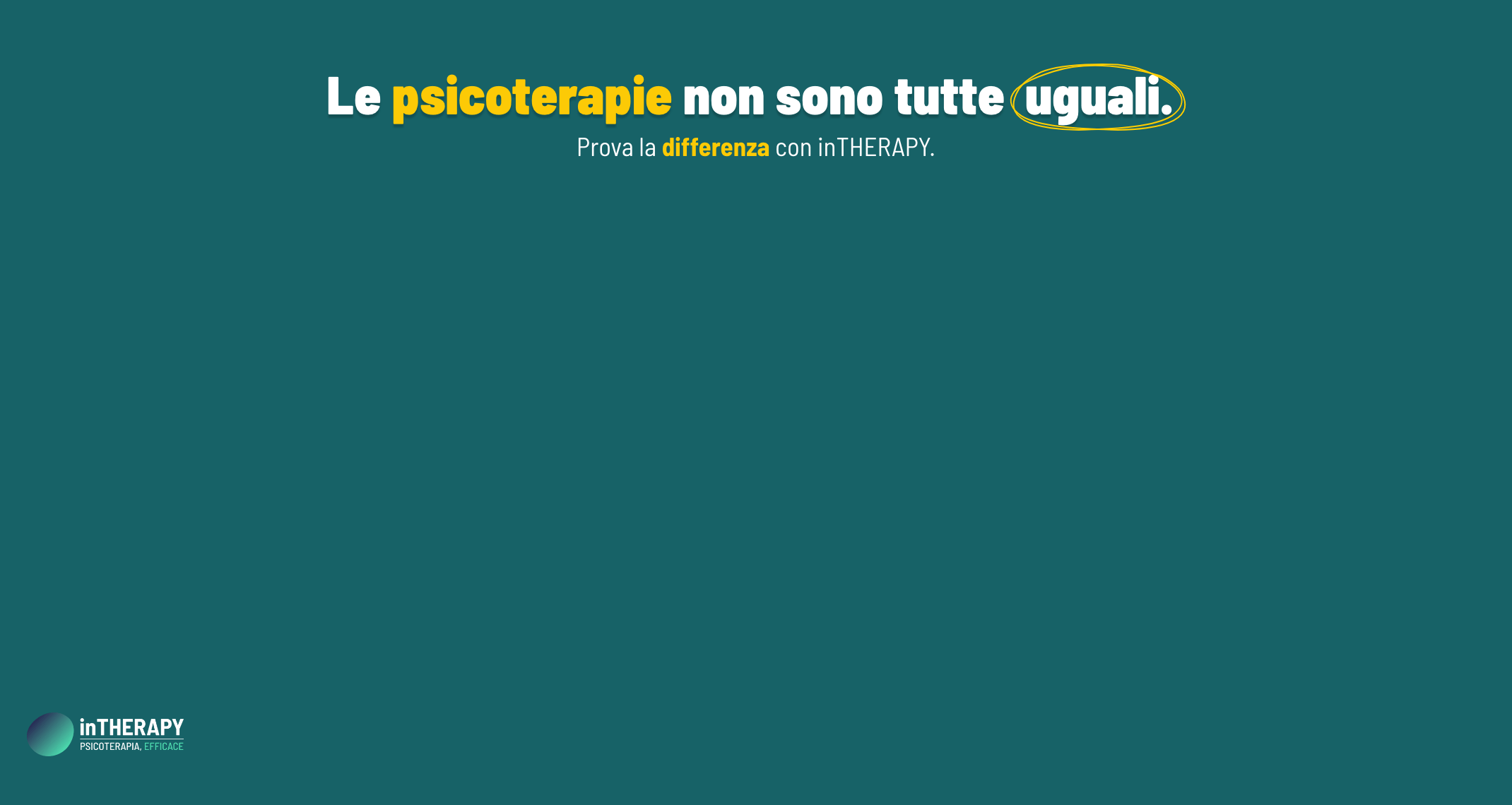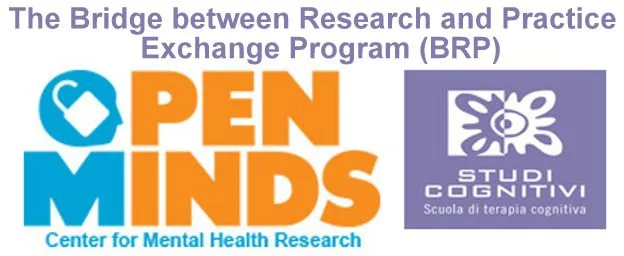Elena Mannelli, Chiara Caruso, Francesca Martino, Michela Muggeo.
Depression or just sadness?
A study of Mental Health Literacy among young adolescents
Neuropsychiatric disorders account for almost 50% of the disease burden in adolescents and young adults (Gore, et all., 2011), and only about half of those children and adolescents that are affected seek professional treatments (Merikangas et all., 2010).
Among many mental health problems, adolescent depression is arguably the most concerning.
Lewinsohn et all., (1998) estimate the disturbingly high figure that approximately 28% of adolescents will have experienced an episode of Major Depressive Disorder by the age of 19 years. There are many reasons for concern apart from just the prevalence of depression, first of all its link to suicide and then there is evidence suggesting that there is a downward developmental trend in the age of onset of depression (Rutter & Smith, 1995).
Health literacy has been defined as the ability to gain access to, understand and use information in ways which promote and maintain good health. Starting from this Jorm et al. (1997) coined the term “mental health literacy” to refer to knowledge and beliefs about mental disorders which aid their recognition, management and prevention, so this means knowing how to seek information knowledge of risk factors and of professional help available.
How much do adolescents know about mental health?
Are they able to recognize symptoms?
Do they know enough about how to seek help?
Burns and Rapee (2006) tried to explore this aspect conducting a study in a sample of 202 adolescents aged 15-17 years, with particular reference to their ability to recognize symptoms of depression in their peers.
The intention of the authors was to use a vignette-based questionnaire “A friend in need” built for this study, that required respondents to generate their own thoughts and beliefs to avoid giving participants multiple-choice answers.
The study presented respondents with vignettes of more than one depressed person and sought to tease out knowledge of depression by comparing the depression vignettes with three other vignettes of non-clinically depressed.
The Friend in Need questionnaire presented to participants five brief vignettes of young people going through a range of life difficulties and their responses to the difficulties. Participants were asked to answer questions about how worried they were about each young person in the vignettes; what they ‘‘think is the matter’’; what parts of the vignettes were the strongest hints that the young person was experiencing emotional difficulties; how long they thought it would take for each young person to feel better; and who they thought the young person needed help from to cope with their problems All these questions were left deliberately open-ended to allow participants to create their own ‘diagnosis’ for each character.
The 5 vignettes reported different situations: in two of those there was strong evidence that the focus character had a significant signs of depression (having at least five symptoms of a Mayor Depressive Episode as described in the DSM-IV) and in the others three vignettes detailed young people going through normal life crisis, such as being dropped by a boyfriend, getting caught by parents when drunk and the death of an elderly relative.
The results revealed a mixed level of knowledge in relation to their ability to ‘label’ depression and to identify the key symptoms.
There was a marked difference across the sample between the labelling response of the two ‘depressed vignettes’; it suggests that the combination of presenting symptoms and the context within which they are presented may be important for adolescents. In one of these, in fact, there were included very blunt comments of suicidal intent and feelings of worthlessness, which were the two most highly noted as “symptoms” from the respondents. In the absence of such obvious symptoms (as per the second “depressed” vignette) there is a minor ability to label the signs together as “depression”, nevertheless, 80% reported that the girls in the vignette who had broken up with her boyfriend also needed help from someone, indicating some lack of discrimination between ‘‘normal’’ reactions of dysphoria and more severe depressive symptomatology.
From this study it appears also clear a gender difference as girls in this sample clearly demonstrated higher mental health literacy, in terms of their ability to correctly label the depression vignettes, their expression of greater concern over a depressed peer than boys, their expectation that depression requires a longer recovery than normal teenage problems and in their ability to identify individual symptoms of depression.
The most important reason to raise adolescent mental health literacy is to increase the likelihood that young people can access the most appropriate help when needed. The most common source of recommended help in this study was the use of ‘‘counselling’’ in marked contrast to the recommendation to access either psychology or psychiatry even if the respondents used a variety of professional labels including the very generic term ‘‘professional’’ reflects this lack of knowledge of the specialization of different professions.
Of particular interest in this study was the finding that adolescents do not consider doctors appropriate helpers for a depressed peer, with doctors being mentioned by less than 2% of this sample. It may be that young people view doctors as a place to go for physical health concerns but not for mental health concerns. Finally a large number of adolescents also rated family as an important source of help. This finding underlines the important influence that parents and other family members can have on a young person’s life and suggest the importance of education for families on adolescent mental health problems and solutions. Similarly, friends were rated by over 40% of the sample as a good option for help and this finding reinforces the importance of mental health literacy for all adolescents.
READ ALSO:
BRP – THE BRIDGE BETWEEN RESEARCH AND PRACTICE
ARTICLES ABOUT DEPRESSION – ADOLESCENTS
REFERENCES
Burns, JR, Rapee RM (2006). Adolescent mental health literacy: Young people’s knowledge of depression and help seeking. Journal of Adolescence 29 (2006) 225–239
Gore F.M., Bloem P.J., Patton G.C., Ferguson J., Joseph V., Coffey C., et al. (2011). Global burden of disease in young people aged 10–24 years: a systematic analysis. The Lancet; 377:2093–2102. DOWNLOAD PDF
Jorm AF, Korten AE, Jacomb PA, Christensen H, Rodgers b, & Pollitt P.. Mental health literacy: a survey of the public’s ability to recognize mental disorders and their beliefs about the effectiveness of the treatment (1997).Medical Journal of Australia, 166(4): 182
Lewinsohn, P. M., Rohde, P., & Seeley, J. R. (1998). Major depressive disorder in older adolescents: Prevalence, risk factors, and clinical implications. Clinical Psychology Review, 18(7), 765–794.
Merikangas K.R., He J.P., Brody D., Fisher P.W., Bourdon K., Koretz D.S.(2010). Prevalence and treatment of mental disorders among US children in the 2001–2004 NHANES. Pediatrics;125:75–81.
Rutter, M., & Smith, D. J. (1995). Psychosocial disorders in young people: Time trends and their causes. London: Wiley.










